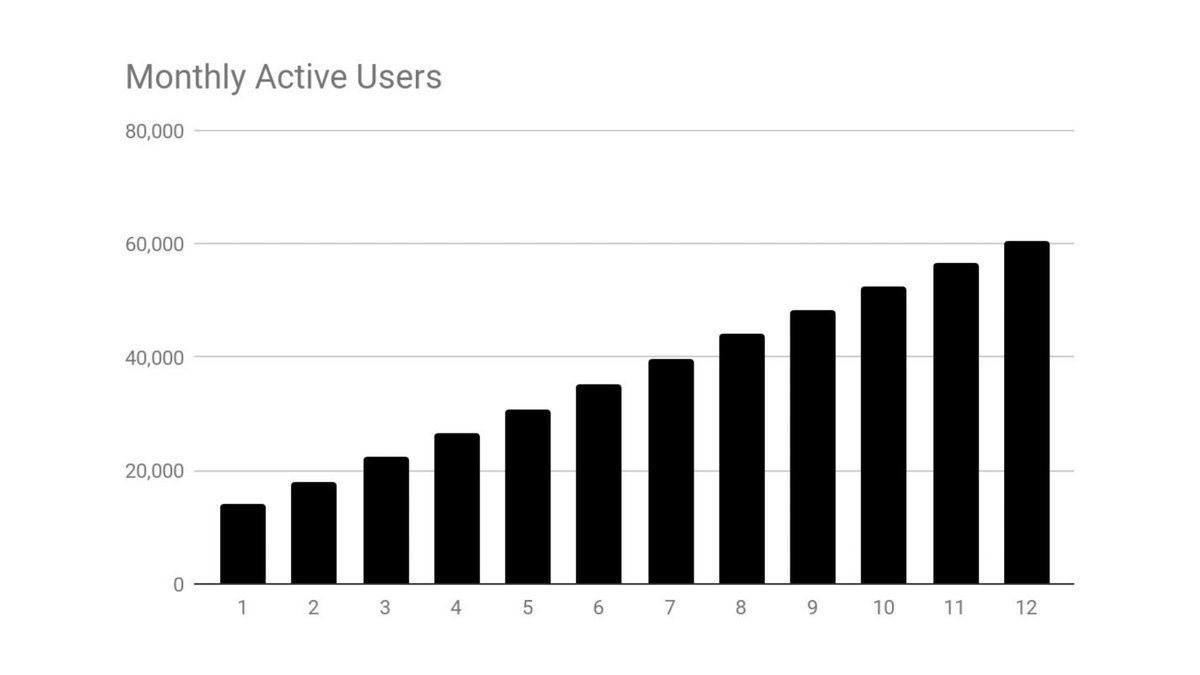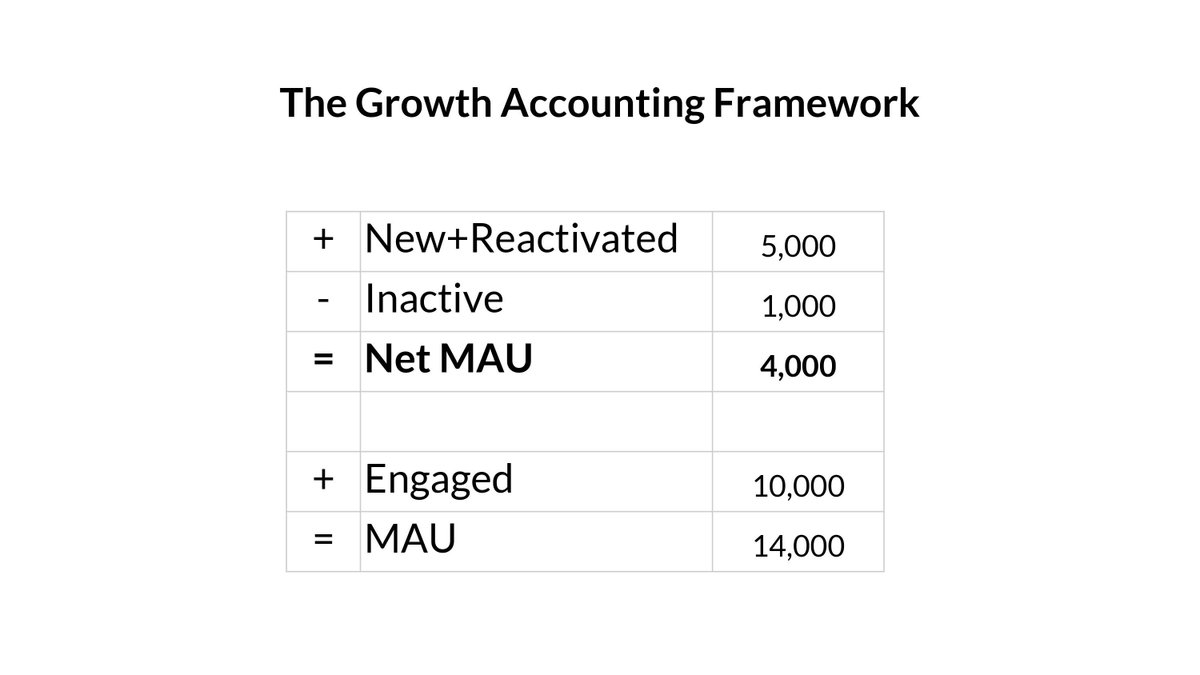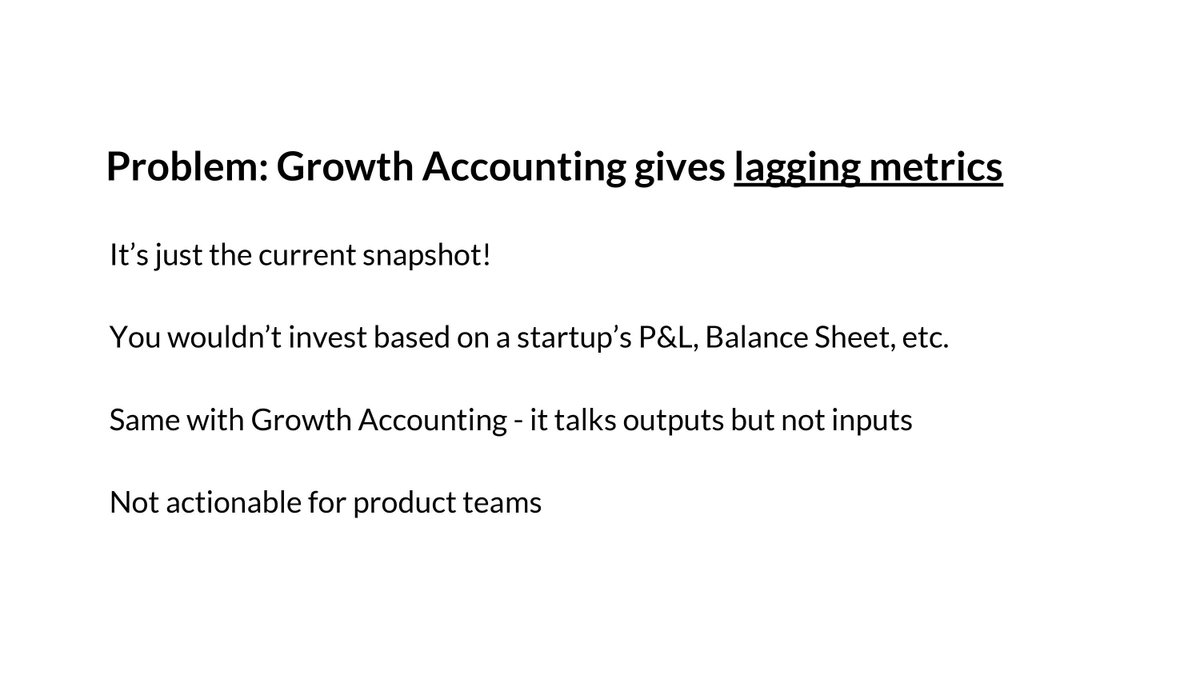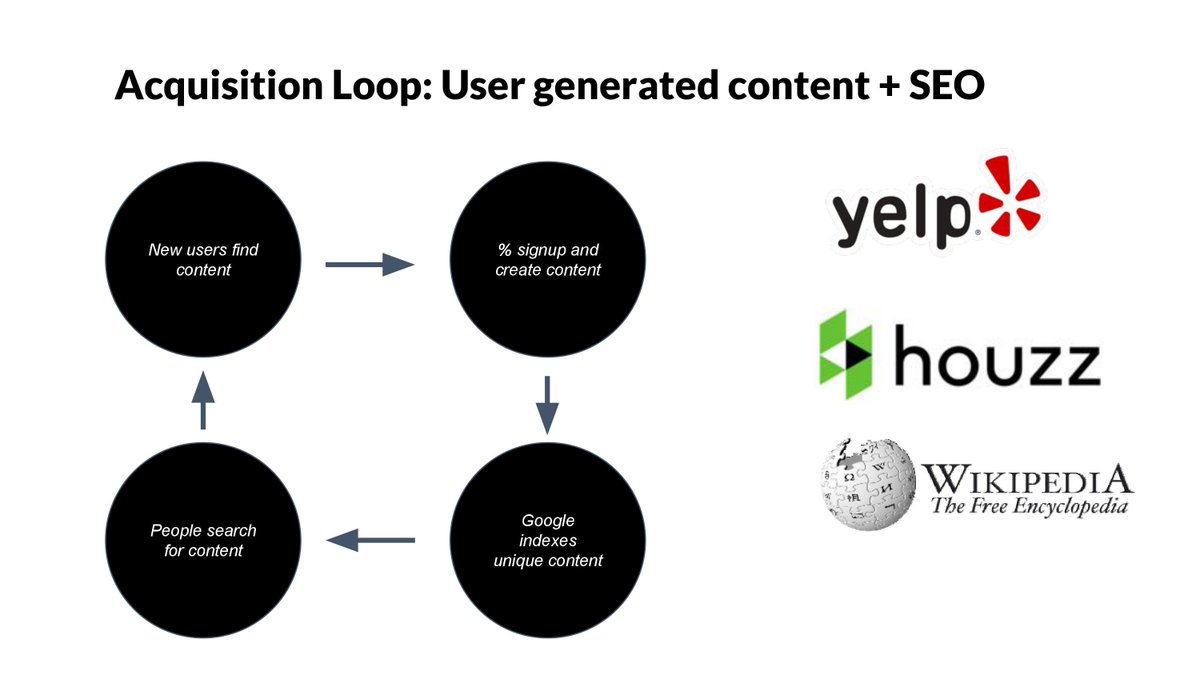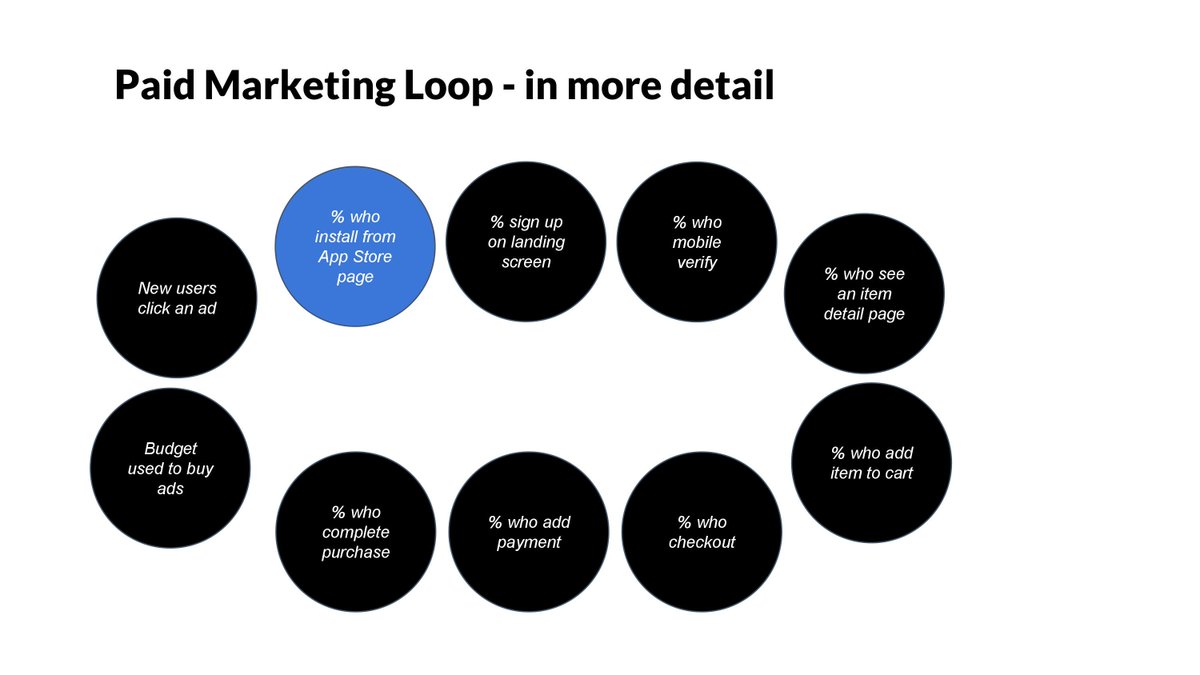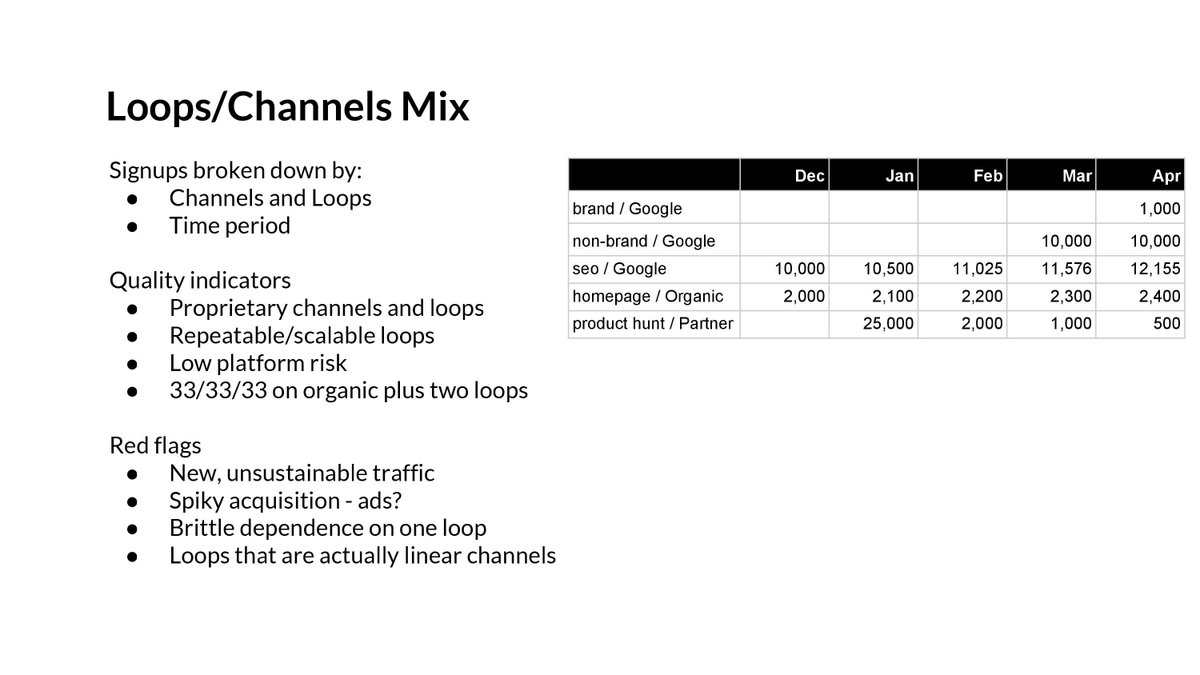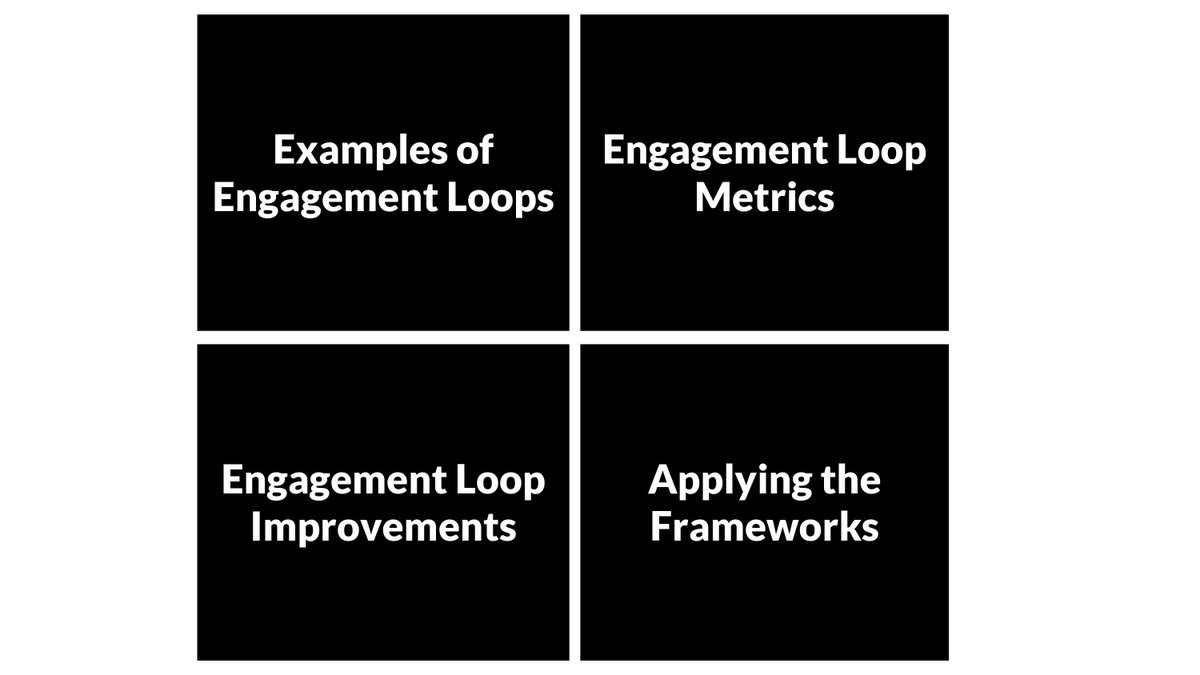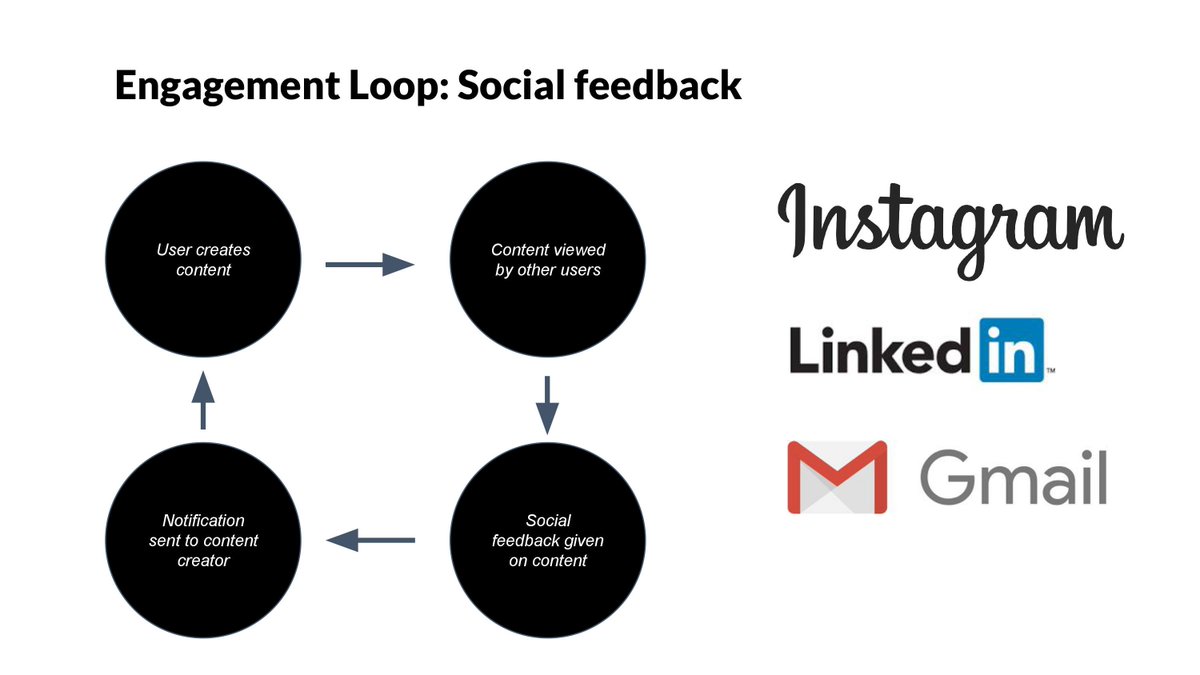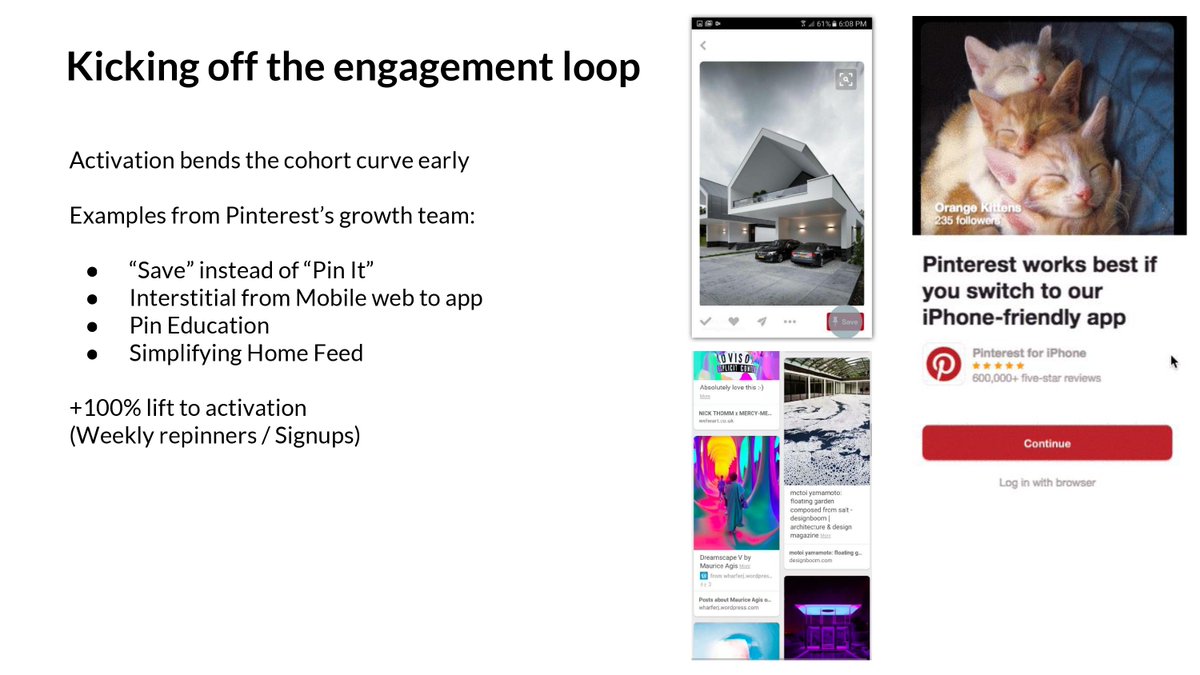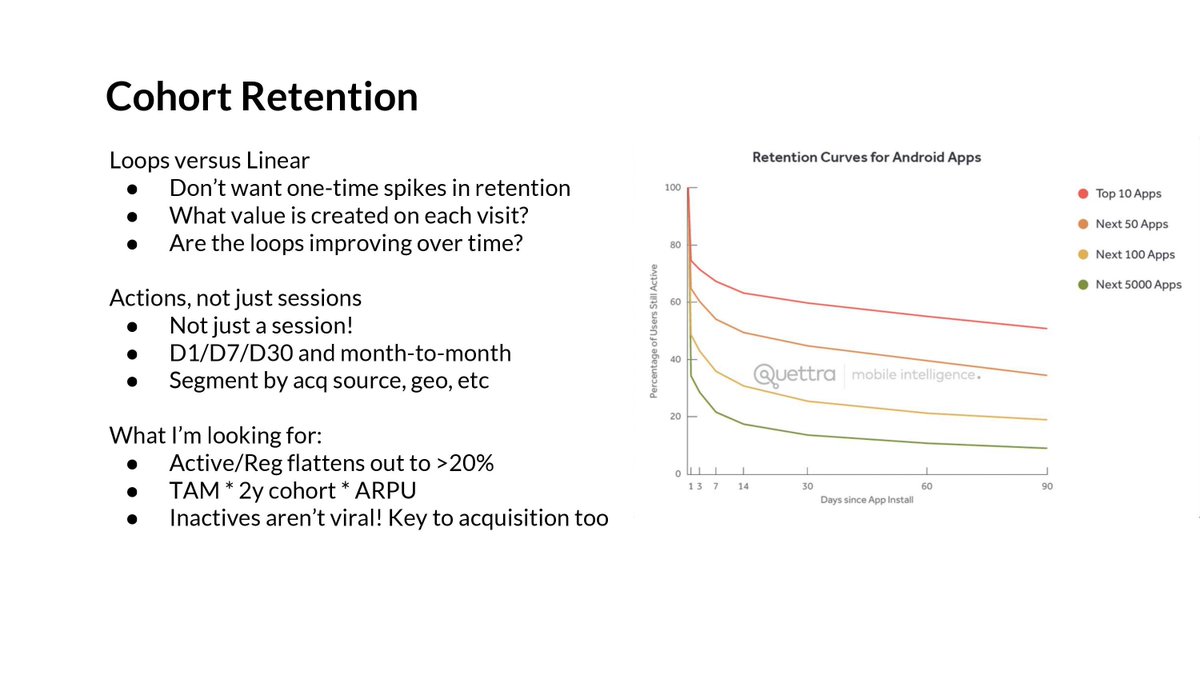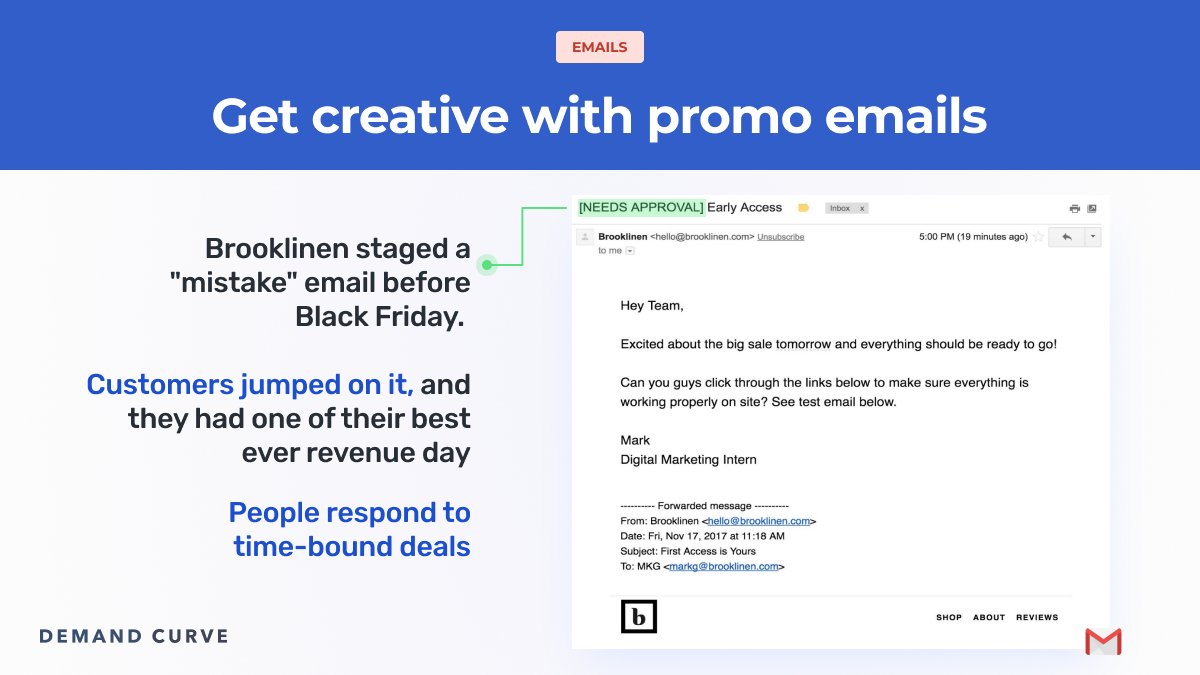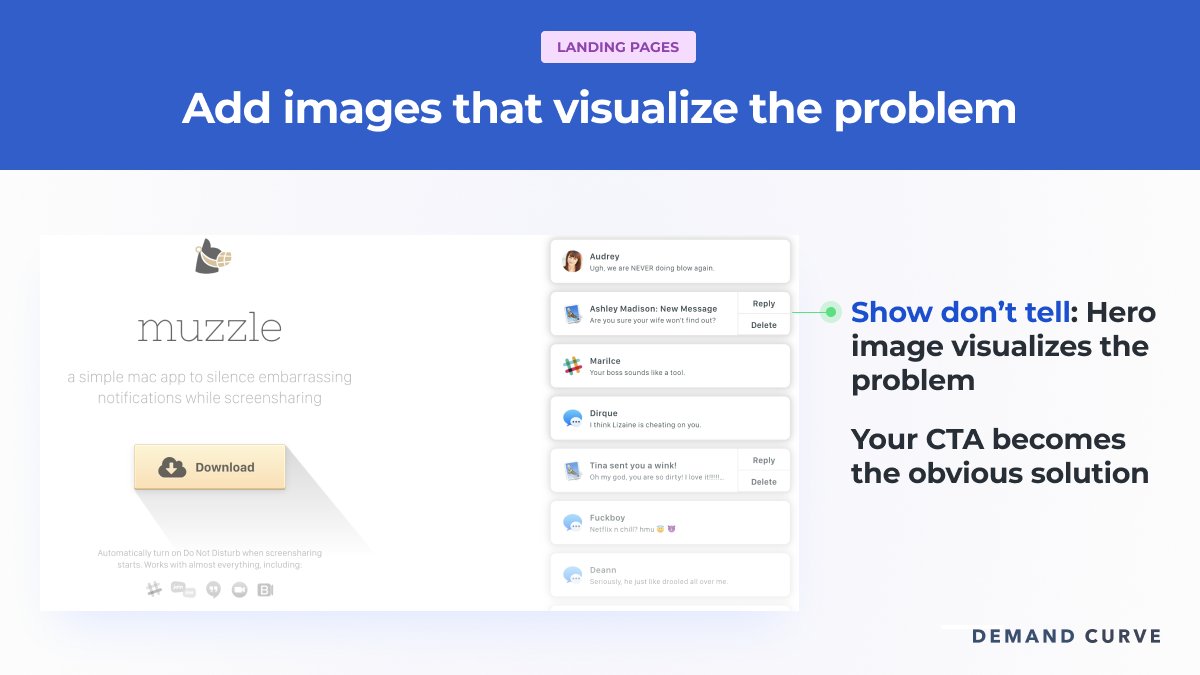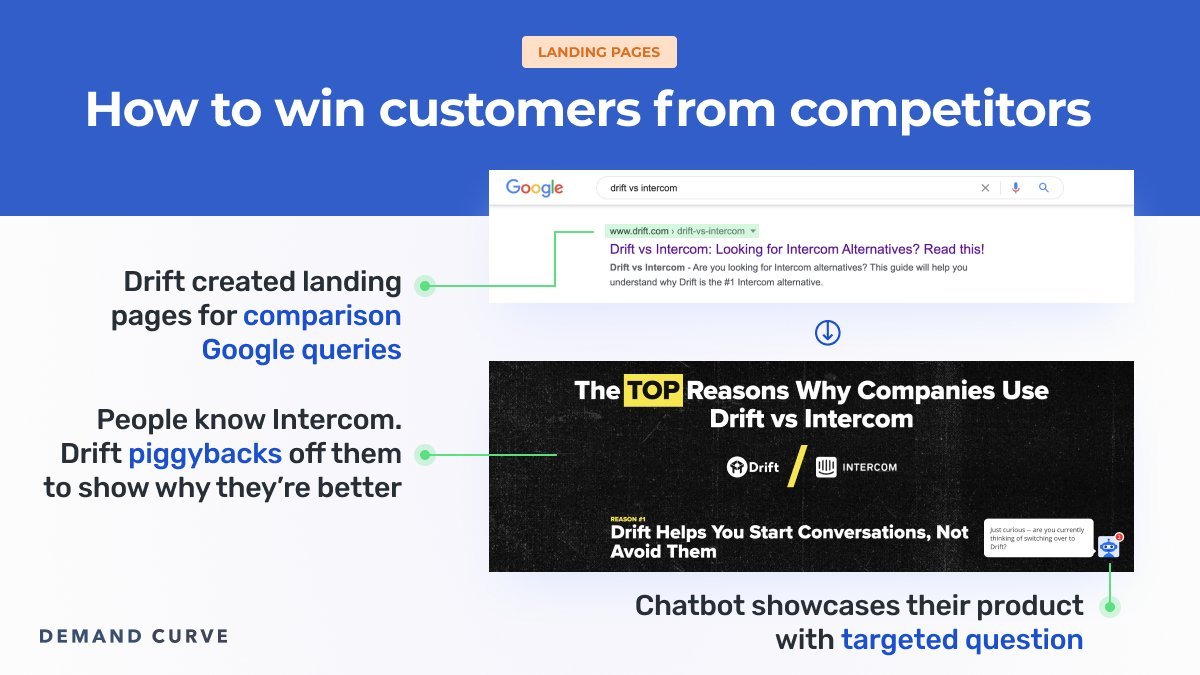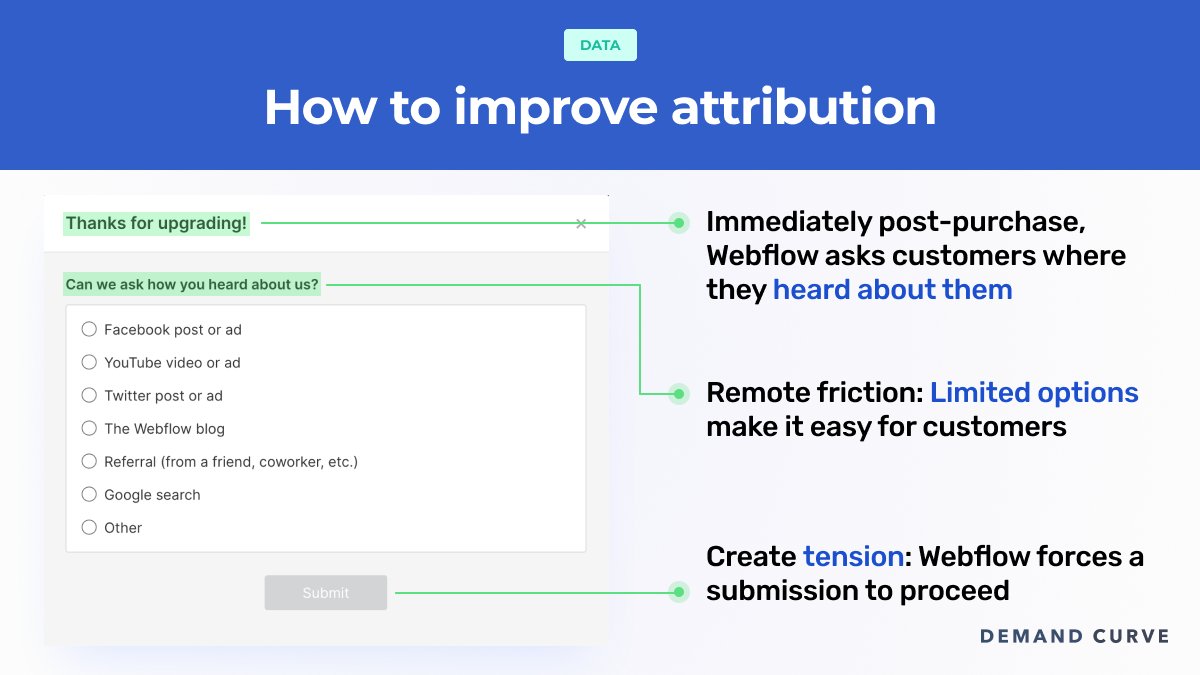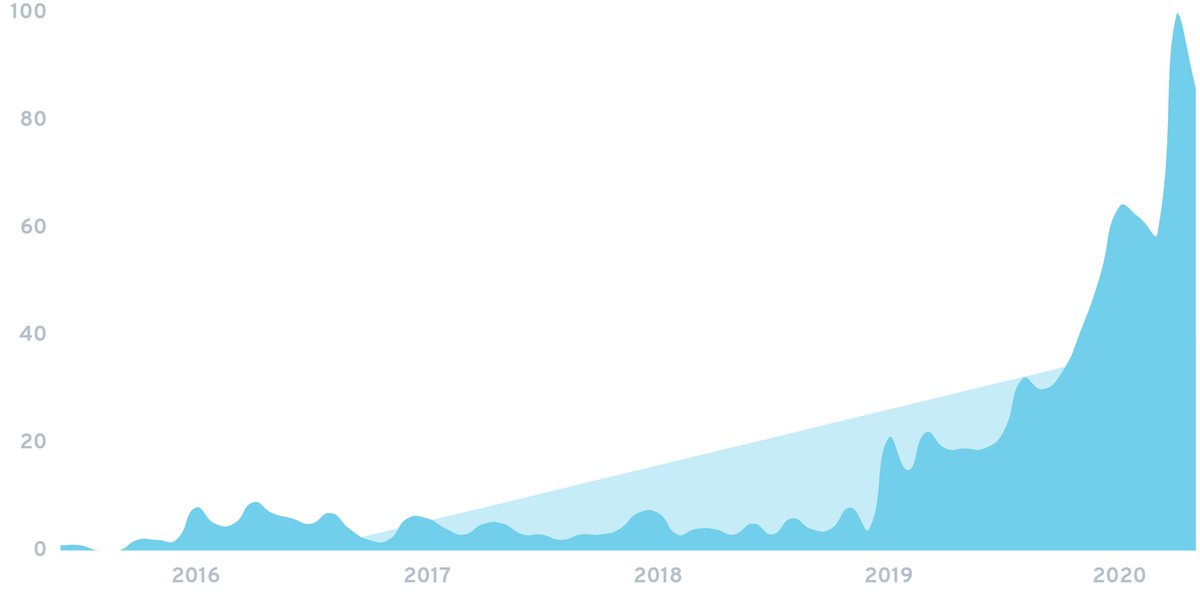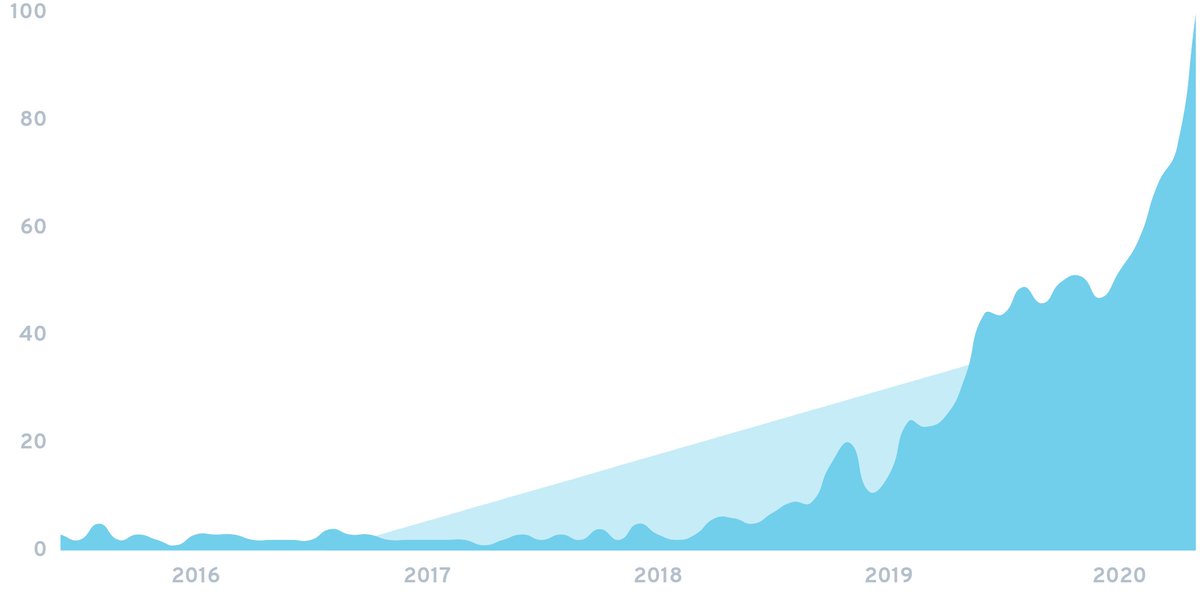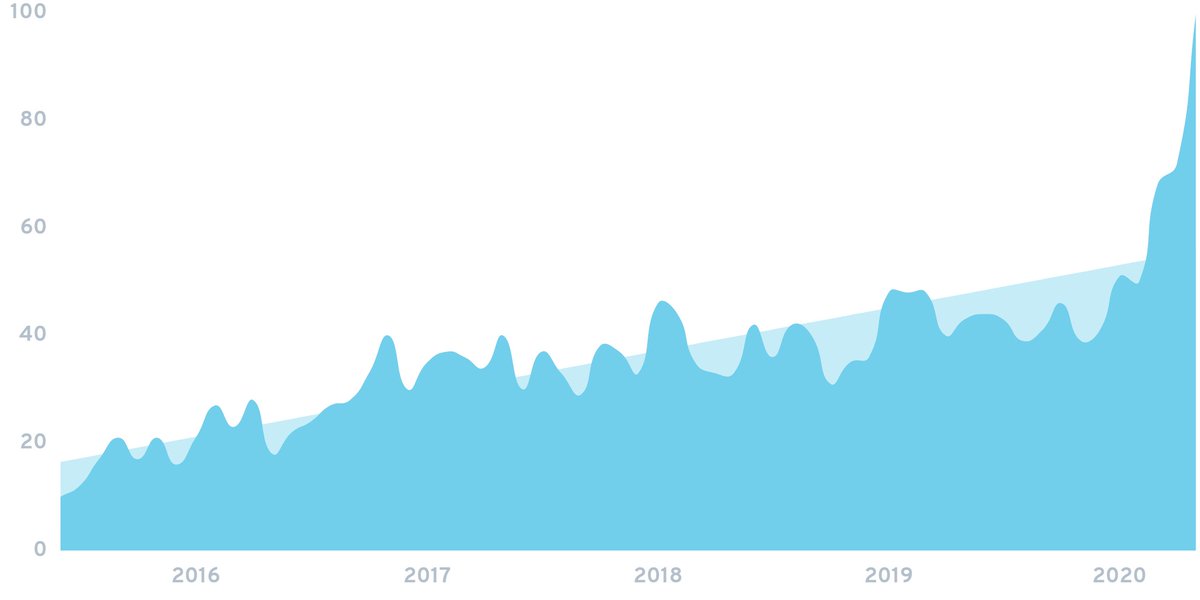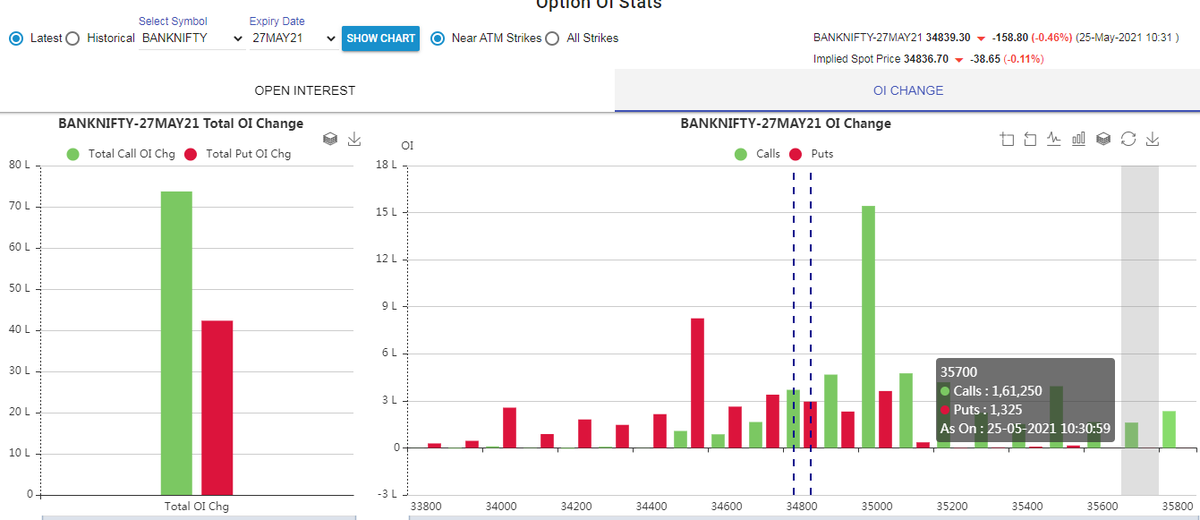We found 6 startups that are growing way faster than everyone else.
We figured out their unconventional growth tactics.
This thread walks you through how to repeat them for yourself.
1/6 Experiment with timing.
Here's a clever example:
@brooklinen "leaked" a time-bounded discount and had one of their *best* revenue days of the year.
Great startups experiment not only with copy/creative, but also framing.
2/6 Get people to FEEL the problem your startup solves.
Here’s how Muzzle (notification hiding tool) uses their site to visualize the problem:
• Shows cringey notifications
• Makes them super vulgar
• Points out how Muzzle puts an end to this during Zoom calls
3/6 Poach potential customers from competitors:
• Create landing pages that compare you against them
• Address customers' biggest objections
• Show your product in action
Then, when people search for you versus your competitors, you'll show up on the Google results page.
4/6 Improve your attribution.
It's often unclear what drives a purchase.
So try this:
• Add a post-purchase survey asking customers how they found you
• Remove friction—limit choices. Make it super easy to quickly select the right one
Attribution helps you double down.

